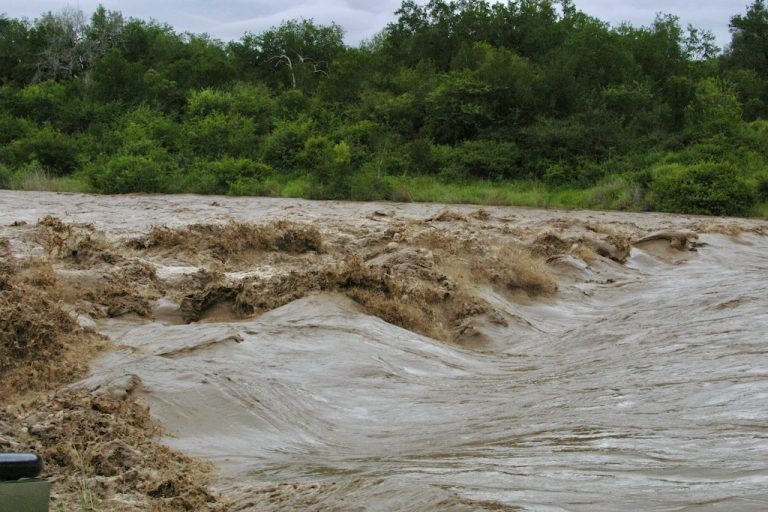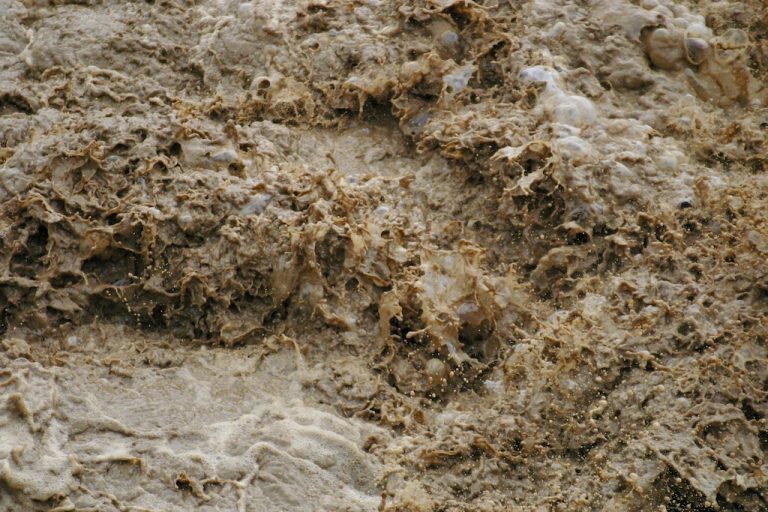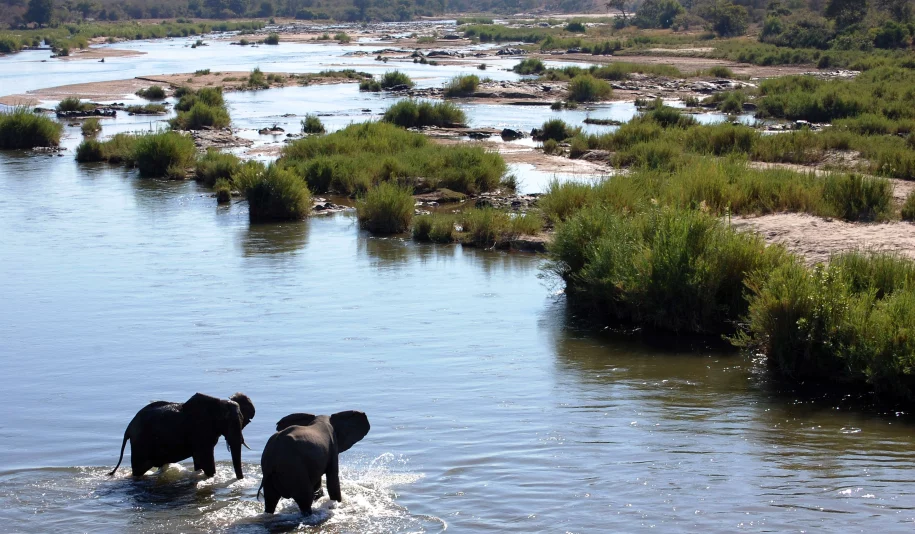The Rivers of the Kruger National Park: A Detailed Exploration
The Kruger National Park, located in South Africa, boasts a unique and diverse ecosystem that is home to a great variety of wildlife. A crucial component of this ecosystem is the network of rivers that flow through the park, providing water and sustenance to the plants and animals that call it home. In this article, we will take a detailed look at the rivers of the Kruger National Park, both perennial and seasonal, and explore their origins, characteristics, and significance within the park.
Perennial Rivers: The Lifeblood of the Park
The Kruger National Park is blessed with five perennial rivers that flow through its vast expanse. These rivers, namely the Limpopo, Luvuvhu, Olifants, Sabie, and Crocodile rivers, play a vital role in maintaining a healthy ecosystem within the park. It is worth noting that all these rivers have their origins outside the park, which has a significant impact on both water flow and water quality.
The Limpopo River, one of the major rivers in Southern Africa, forms the northern boundary of the Kruger National Park. It serves as a lifeline for the park’s wildlife, providing water for drinking, bathing, and hunting. The Luvuvhu River, located in the northern part of the park, is another important perennial river. It is known for its lush vegetation and abundant birdlife, making it a popular destination for birdwatchers.
Moving towards the central and southern regions of the park, we come across the Olifants River, Sabie River, and Crocodile River. The Olifants River, with its tributaries such as the Timbavati and Letaba rivers, is a significant water source for both wildlife and vegetation. The Sabie River, known for its crystal-clear waters, is home to a diverse range of aquatic life and provides a vital habitat for many species. The Crocodile River completes the list of perennial rivers, flowing along the park’s southern boundary and supporting a rich ecosystem.

Seasonal Rivers: The Ever-Changing Landscape
Apart from the perennial rivers, the Kruger National Park is also crisscrossed by numerous seasonal rivers. These rivers, also known as ephemeral rivers, only flow during the rainy season and dry up during the drier months. While their presence is temporary, they play a crucial role in shaping the landscape and creating diverse habitats for wildlife.
Some of the notable seasonal rivers in the park include the Shingwedzi, Mphongolo, Phugwani, Bububu, N’waswitsonto, Sand, and Nsikazi rivers. These rivers, although not as prominent as their perennial counterparts, contribute to the overall water availability and add to the park’s ecological diversity.
Major River Systems Rising Within the Park
While most of the rivers in the Kruger National Park have their origins outside its boundaries, six major river systems rise entirely within the park itself. These rivers, namely the Tsendze, Mlondozi, N’mwaswitshaka, Biyamiti, Nwanetsi, and Sweni rivers, are tributaries of the perennial rivers and significantly contribute to their flow.
Starting from the northern regions of the park, the Tsendze River, a tributary of the Olifants River, meanders through the landscape, supporting a variety of wildlife. Moving southwards, we encounter the N’wanetsi River, which is home to the iconic N’wanetsi Picnic Spot, a popular destination for park visitors. The Sweni River, another tributary of the Nwanetsi, is a haven for birdwatchers and offers breathtaking views of the surrounding landscape.
The Mlondozi River, a tributary of the Sabie River, flows through the southeastern part of the park, enriching the ecosystem with its life-giving waters. The N’mwaswitshaka River also joins the Sabie River, contributing to its flow and supporting the diverse flora and fauna that thrive along its banks. Lastly, the Biyamiti River, a tributary of the Crocodile River, completes the list of rivers rising within the Kruger National Park.
The Significance of River Systems in the Kruger National Park
The river systems of the Kruger National Park are of immense ecological significance. They not only provide water for the park’s wildlife but also shape the landscape, creating diverse habitats and supporting a wide array of plant and animal species. The perennial rivers serve as lifelines, attracting wildlife from far and wide, while the seasonal rivers contribute to the ever-changing dynamics of the park.
The rivers also play a crucial role in maintaining a delicate balance within the ecosystem. They provide watering holes for animals, create natural boundaries and corridors for wildlife movement, and support a variety of aquatic life. Moreover, the rivers’ flow and water quality are influenced by external factors, such as rainfall patterns and upstream activities, making them essential indicators of the overall environmental health of the park.




Exploring the Rivers: Drives and Activities
For visitors to the Kruger National Park, exploring the rivers can be a fascinating experience. The park offers a range of drives and activities that allow visitors to get up close and personal with these lifelines of the park. Whether it’s a scenic drive along the banks of the Olifants River or a guided walk near the Sabie River, there are plenty of opportunities to witness the beauty and biodiversity that the rivers have to offer.
Visitors can also embark on boat safaris, allowing them to navigate the waterways and observe the rich birdlife, hippos, and crocodiles that inhabit the rivers. These boat safaris provide a unique perspective of the park, offering a different vantage point to appreciate its natural wonders.
Conclusion: A Tapestry of Life
The rivers of the Kruger National Park weave a tapestry of life, sustaining the park’s diverse ecosystem and providing a home for countless species. From the perennial rivers that flow year-round to the seasonal rivers that ebb and flow with the changing seasons, each waterway contributes to the park’s ecological richness.
As visitors explore the Kruger National Park, they are not only witnessing the beauty of the rivers but also witnessing the intricate web of life that depends on them. The rivers serve as a reminder of the delicate balance that exists within the park and the importance of preserving and protecting these natural treasures for future generations.
So, whether you find yourself gazing at the mighty Limpopo River or marvelling at the crystal-clear waters of the Sabie River, take a moment to appreciate the significance of these lifelines and the wonders they hold. In the Kruger National Park, the rivers are not just bodies of water but the lifeblood that sustains an entire ecosystem.
The following video is a spectacular display of the Biyamiti River coming down after heavy rainfall after being dry for many years. Photage is courtesy of Rulene Stephens who happened to be there to capture this spectacular event!
(Video link: https://www.facebook.com/watch/?v=1037645950097731)

